

Introduction
The food delivery industry has witnessed unparalleled growth in the digital age. This is because, as a result of convenience, there is an ever-increasing consumer preference for ordering food through online platforms. Due to this reason, businesses within this industry are forced to navigate consumer expectations that are rather high and to remain competitive. One of the strongest ways companies can dominate this competitive environment is through web scraping food delivery data. Food delivery extraction can help organizations gain insights, optimize their operations, improve customer experiences, and grow their business. This blog explores why extracting food delivery data is crucial for your business and how it can be effectively implemented.
Understanding Food Delivery Data Extraction
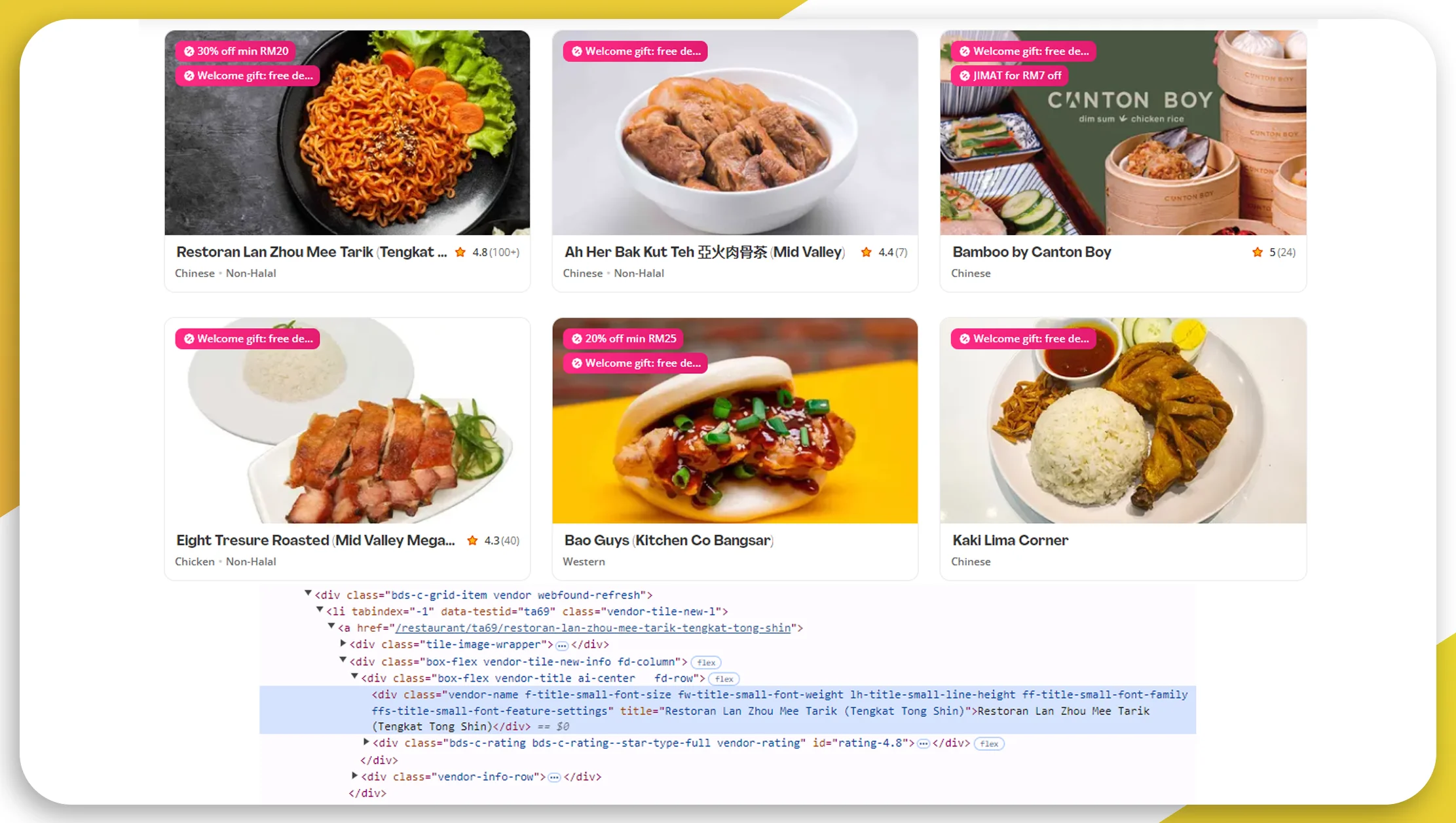
Web scraping of food delivery data involves the collection and analysis of data from different sources associated with food delivery services. The data can be gathered from numerous platforms, such as food delivery apps, websites, social media, and customer reviews. The main objective is to fetch relevant information that will help the business make informed decisions and enhance its overall performance. Web scraping food delivery app data enables businesses to track order trends, customer preferences, pricing, and delivery times, ultimately optimizing operations and strategies.
Key Components of Food Delivery Data Extraction
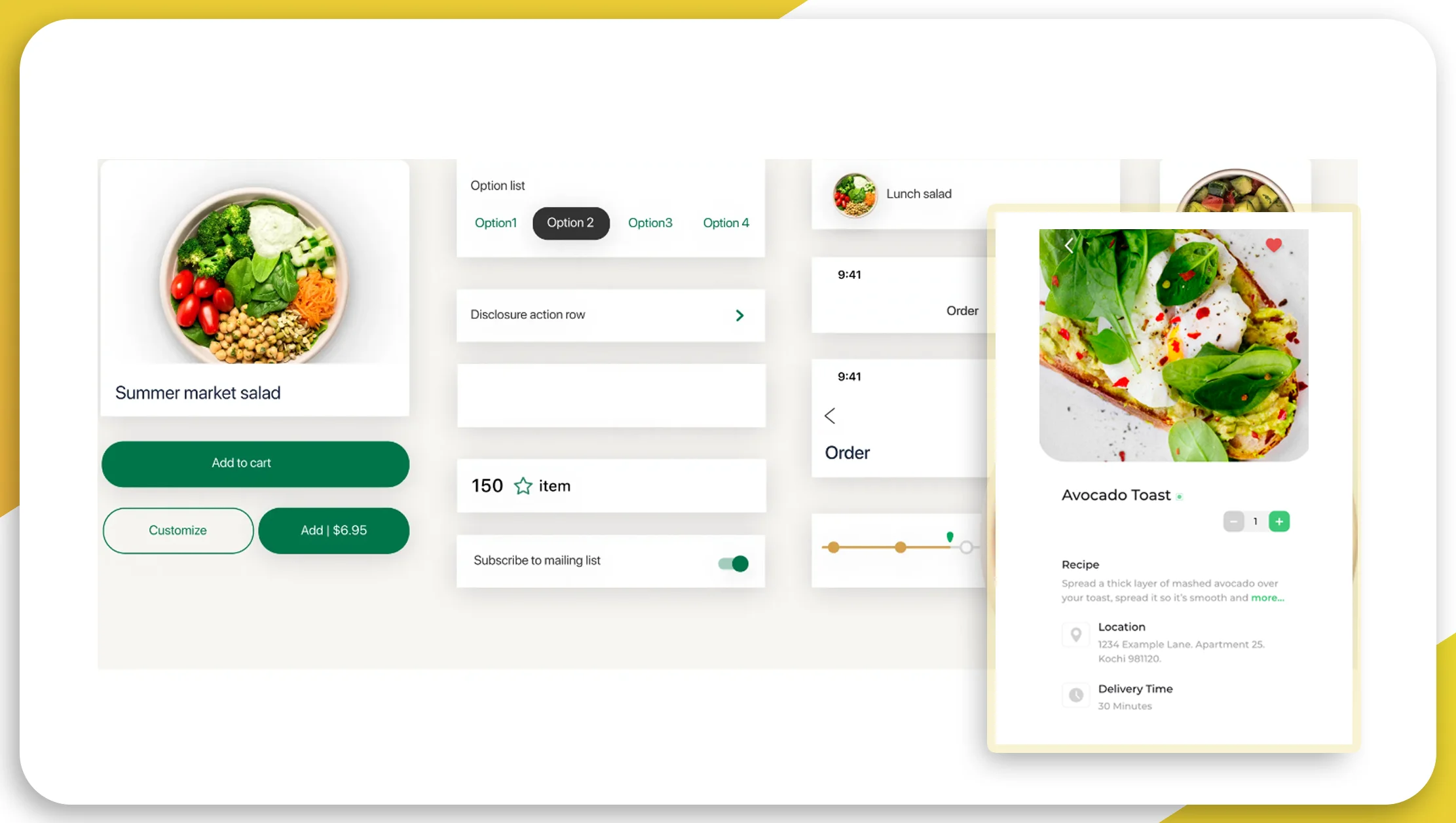
Food Delivery Data Collection: This involves gathering data from different sources such as order details, customer reviews, delivery times, and menu preferences. Effective data collection is the first step towards gaining valuable insights.
Food Delivery Data Scraping: Data scraping is the technique used to extract data from websites and online platforms. It involves using specialized tools and software to retrieve data that is otherwise difficult to access manually.
Data Analysis and Interpretation: Once the data is collected and scraped, it needs to be analyzed and interpreted to derive meaningful insights. This process involves identifying patterns, trends, and correlations that can inform business strategies.
Importance of Food Delivery Data Extraction
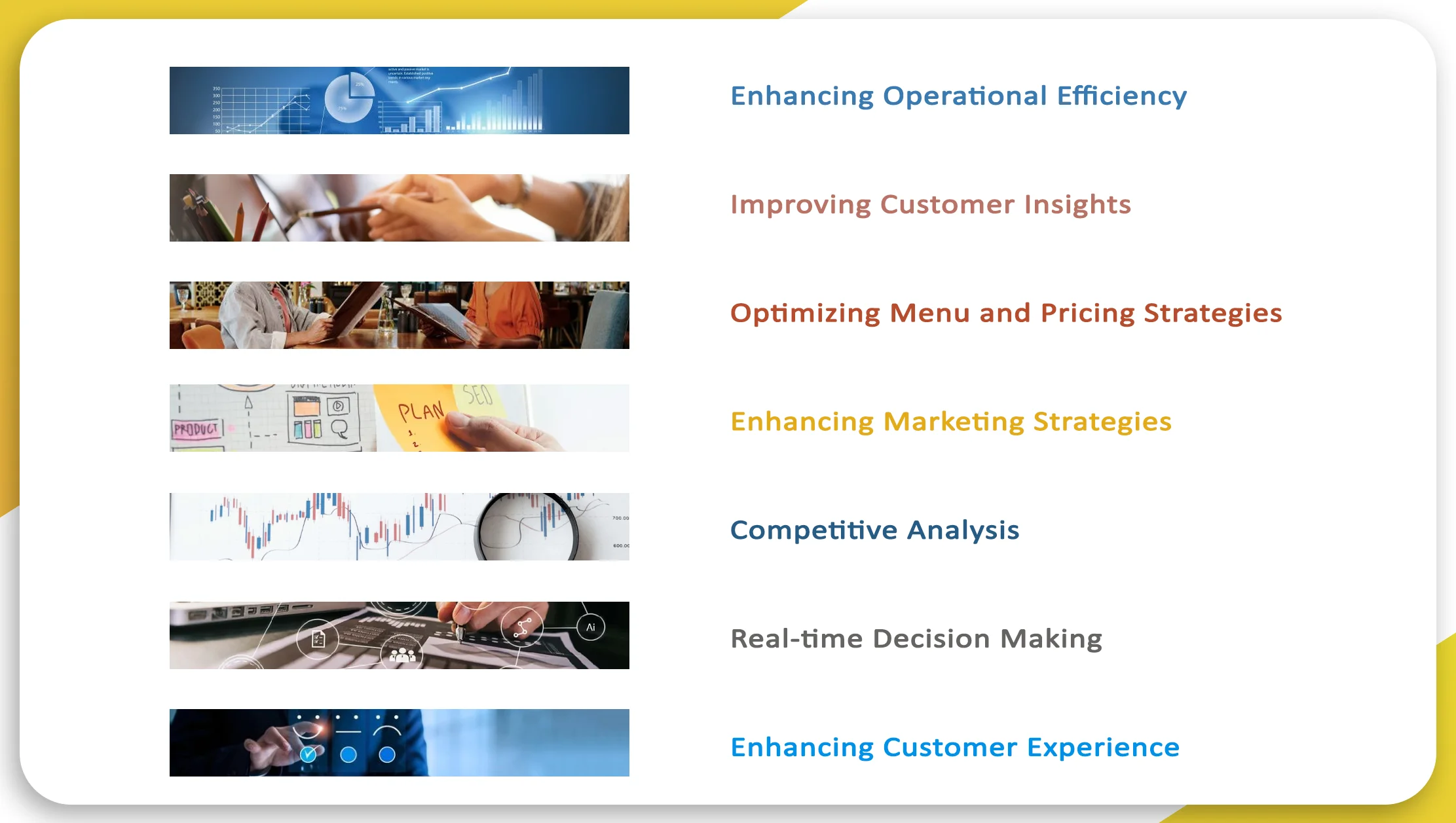
Enhancing Operational Efficiency
Food delivery data extraction allows businesses to streamline their operations. By collecting data on delivery times, order processing, and logistics, companies can identify bottlenecks and inefficiencies in their processes. For example, data analysis might reveal that certain delivery routes are consistently slower, prompting the need for route optimization. By addressing these issues, businesses can ensure faster deliveries, reduce operational costs, and improve overall efficiency.
Improving Customer Insights
Understanding customer preferences and behavior is crucial for any business, and the food delivery industry is no exception. Food delivery data collection enables businesses to gather detailed information about customer preferences, order frequencies, and feedback. By analyzing this data, companies can tailor their offerings to meet customer demands more effectively. For instance, if data shows a high demand for vegetarian options, a business can expand its menu to include more vegetarian dishes. Enhanced customer insights lead to better customer satisfaction and loyalty.
Optimizing Menu and Pricing Strategies
Menu and pricing are critical factors in the food delivery business. By extracting food delivery data, businesses can analyze which menu items are most popular, which items have the highest profit margins, and how pricing affects sales. This information allows businesses to optimize their menus and pricing strategies to maximize profits. For example, if data shows that customers are willing to pay a premium for certain dishes, businesses can adjust their prices accordingly. Similarly, understanding which items are less popular can help in refining the menu and focusing on best-sellers.
Enhancing Marketing Strategies
Marketing plays a vital role in attracting and retaining customers. When you extract food delivery data, it provides valuable insights into customer demographics, preferences, and purchasing behavior. This information can be used to create targeted marketing campaigns that resonate with specific customer segments. For example, if data indicates a high number of young professionals using the service, businesses can design marketing campaigns that cater to this demographic. Personalized marketing strategies based on data insights lead to higher engagement and conversion rates.
Competitive Analysis
In the highly competitive food delivery industry, staying ahead of competitors is crucial. Data extraction allows businesses to monitor competitor activities, including their menu offerings, pricing strategies, and customer reviews. By analyzing this data, companies can identify strengths and weaknesses in their competitors' strategies and develop counter-strategies. For example, if a competitor's data reveals a successful promotional campaign, a business can design a similar or better campaign to attract customers. Competitive analysis powered by data extraction provides businesses with a significant advantage.
Real-time Decision Making
Scrape data from food delivery platforms can let businesses monitor and respond to the changing market conditions promptly. Food delivery operates in a high-speed environment, where decision-making has to be performed on the spot. Real-time food delivery data scraping enables businesses to track demand trends and adjust inventory and staffing accordingly. For example, if there is a sudden surge in demand for certain dishes, businesses can quickly adjust their inventory and staffing levels to meet the demand. Real-time data enables business firms to be agile and responsive, ensuring they are able to capitalize on emerging opportunities and address challenges as they arise.
Enhancing Customer Experience
Customer experience is a key differentiator in the food delivery industry. By analyzing data on customer feedback, order accuracy, and delivery times, businesses can identify areas for improvement and enhance the overall customer experience. For example, if data reveals frequent complaints about late deliveries, businesses can take steps to improve their delivery processes. A positive customer experience leads to higher customer retention and positive word-of-mouth referrals.
Implementing Food Delivery Data Extraction
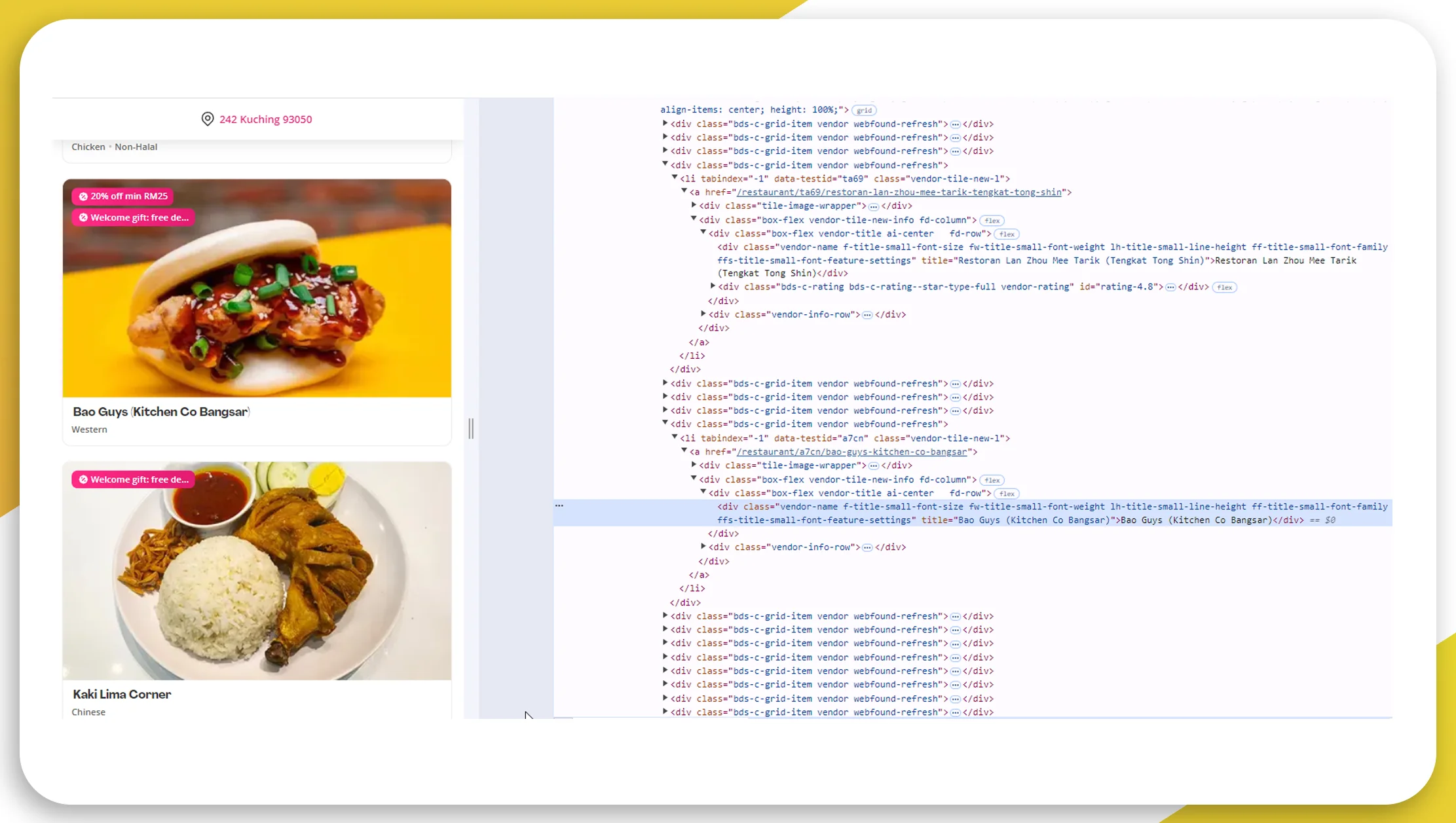
Choosing the Right Tools and Technologies
To effectively scrape food delivery data, businesses need to choose the right tools and technologies. There are various data extraction tools available, ranging from web scraping software to API integrations. The choice of tools depends on the specific needs of the business and the complexity of the data sources. It is important to select tools that can handle large volumes of data, provide accurate and reliable results, and integrate seamlessly with existing systems.
Ensuring Data Quality and Accuracy
High-quality and accurate data is essential for making informed decisions. Businesses should implement robust data validation and cleaning processes to ensure that the extracted data is reliable. This involves checking for errors, inconsistencies, and duplicates in the data. Regular monitoring and updating of data extraction processes are also important to maintain data accuracy.
Adhering to Ethical and Legal Standards
Ethical and legal considerations are crucial in data extraction. Businesses must ensure that their data extraction practices comply with relevant data privacy regulations and respect the terms of service of the targeted websites. Ethical data extraction involves obtaining data transparently and responsibly, without causing harm to the targeted platforms. Adhering to ethical and legal standards not only protects businesses from legal repercussions but also builds trust with customers and stakeholders.
Integrating Data with Analytics Platforms
Once the data is extracted, it needs to be analyzed and interpreted to derive meaningful insights. Integrating the extracted data with analytics platforms allows businesses to perform advanced data analysis and generate actionable insights. Advanced analytics tools can process large datasets, identify patterns and trends, and provide visualizations that make it easier to understand the data. Integration with analytics platforms enhances the value of the extracted data and supports data-driven decision-making.
Leveraging AI and Machine Learning
Artificial Intelligence (AI) and Machine Learning (ML) are transforming the field of data extraction. AI and ML algorithms can analyze vast amounts of data quickly and accurately, identifying patterns and making predictions that were previously impossible. By leveraging AI and ML, businesses can automate data extraction processes, reduce errors, and gain deeper insights into their data. For example, AI-powered sentiment analysis can provide valuable insights into customer feedback and reviews, helping businesses understand customer sentiment and make improvements accordingly.
Case Studies: Successful Implementation of Food Delivery Data Extraction
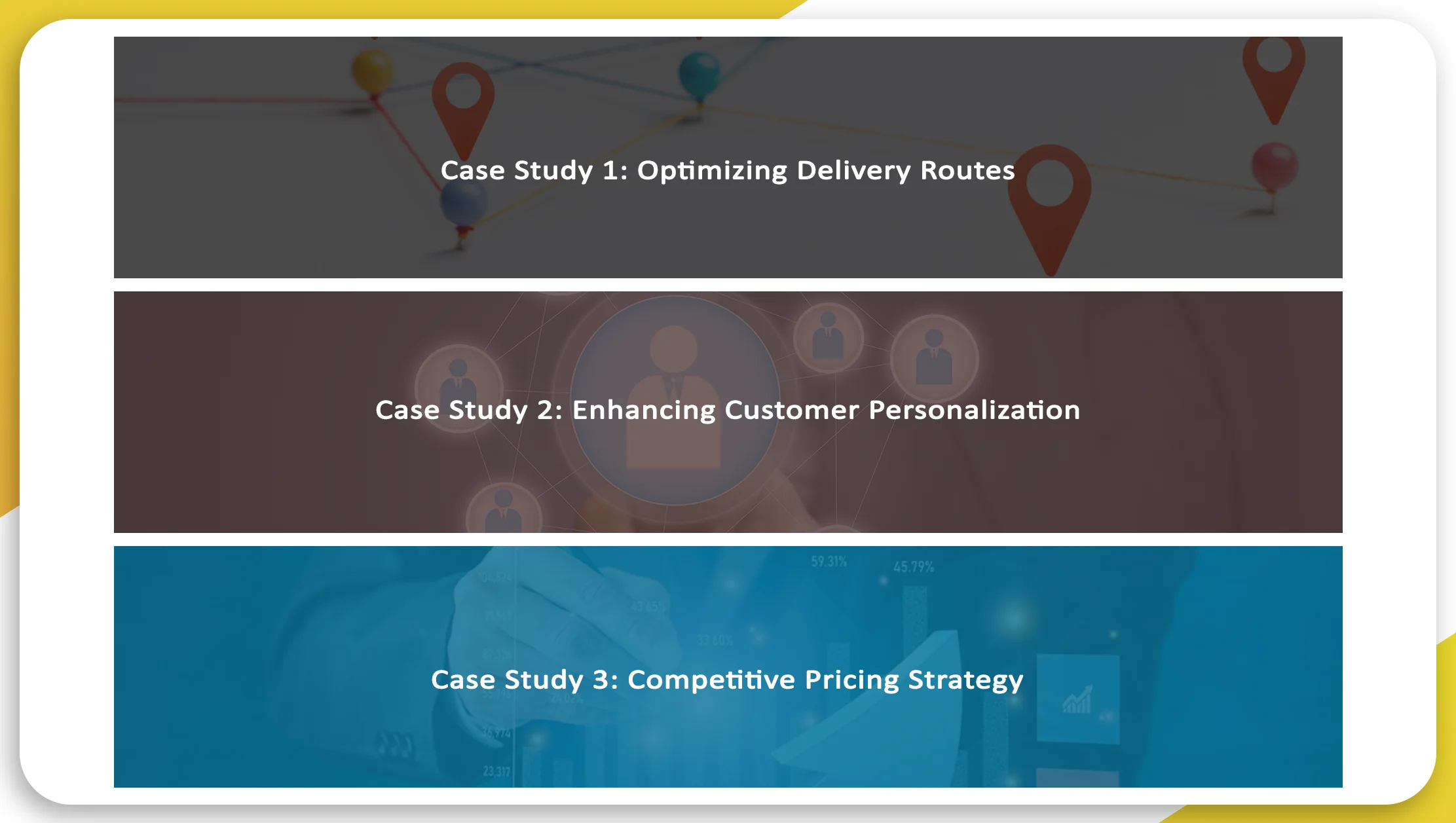
Case Study 1: Optimizing Delivery Routes
A leading food delivery service implemented data extraction to optimize its delivery routes. By collecting and analyzing data on delivery times, traffic patterns, and customer locations, the company identified the most efficient routes for its drivers. This led to faster deliveries, reduced fuel costs, and improved customer satisfaction. The company also used real-time data to make adjustments on the fly, ensuring that drivers always took the best possible routes.
Case Study 2: Enhancing Customer Personalization
A popular food delivery app used data extraction to enhance customer personalization. By analyzing data on customer preferences, order history, and feedback, the app created personalized recommendations for each user. This led to higher engagement and increased sales, as customers were more likely to order dishes that matched their tastes. The app also used data insights to create targeted marketing campaigns, further boosting customer retention and loyalty.
Case Study 3: Competitive Pricing Strategy
A restaurant chain with a significant online presence used data extraction to develop a competitive pricing strategy. By scraping data on competitor prices and promotions, the restaurant identified opportunities to adjust its own prices and offers. This allowed the restaurant to attract more customers and increase its market share. The data also provided insights into pricing trends, helping the restaurant make informed decisions about future pricing strategies.
Conclusion
Food delivery data extraction is a powerful tool that can transform the way businesses operate in the food delivery industry. By collecting and analyzing data from various sources, businesses can enhance operational efficiency, improve customer insights, optimize menu and pricing strategies, and stay ahead of the competition. The integration of advanced technologies such as AI and ML further enhances the value of data extraction, enabling businesses to gain deeper insights and make real-time decisions. As the food delivery industry continues to evolve, businesses that leverage food delivery web extraction will be better positioned to thrive and succeed.
Unlock the potential of your food delivery business with Real Data API. Start extracting valuable data today and elevate your business to new heights!














